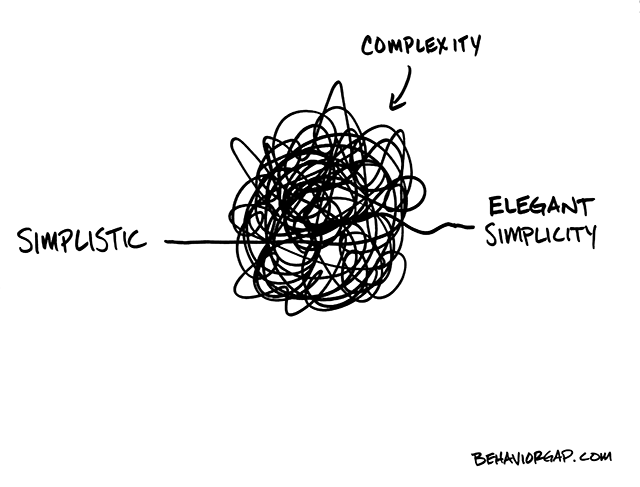I know your "expertise" is in power/technology and your posts are refreshing and informative which you just outlined some more informative information in 1 and 2 above. Common sense even before BITOG in my life I was pro nuclear energy.
Energy is a subject that always interests me but more so lately because of the agenda you refer to in your last paragraph. Sometimes I may not be as factual vs just common sense on some subjects but by nature I am a skeptic until something is proven to me. It just always amazed me, no matter the subject, how the public can be sold on something by the media and an agenda. In the last decade its become even worse because of social media.
Here is an example - (not energy related but an example of social media) How did a Stanford University pretty and blond girl who dropped out end up as the CEO of a company she founded that ultimately started at a valuation of $0 end up worth 9.5 billion dollars on a "vision" she had for simplified blood testing with one drop of blood. On a machine that no one EVERY saw work, yet, Charles Schultz, Henry Kissinger and other powerful people ended up on the board of this company. Girl was written up with praise in EVERY Wall Street publication, Forbes ect ect... TV interviews of woman in power, even met in the OBAMA White House! All around the globe woman groups were looking up to her.
WALGREENS Pharmacy bypassed their OWN INTERNAL control to be the first to get her blood testing device even though they were never given access to see it work! *LOL*
Well... this is so current she was just convicted in Jan 2022, still awaiting sentencing, 800 employees let go for a company that never had a working machine! It was all fraud.
Fascinating LIMITED true series on Hulu called "The Dropout" real names, real people. I mean Schultz who she convinced to be on her board was the former Treasurer of the United States of America ! for a company that never had a working product!
Her name was
Elizabeth_Holmes click the name, even Rudolph Murdock invested in her company!



